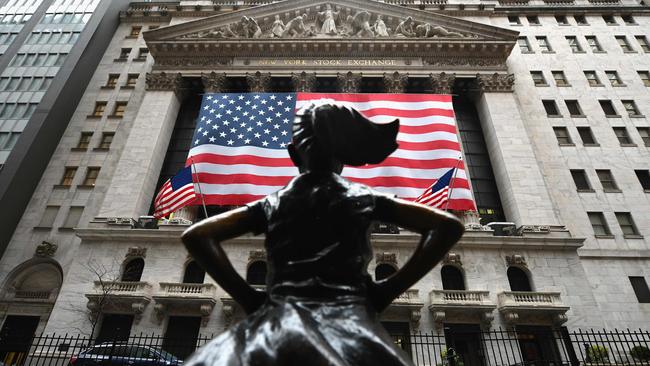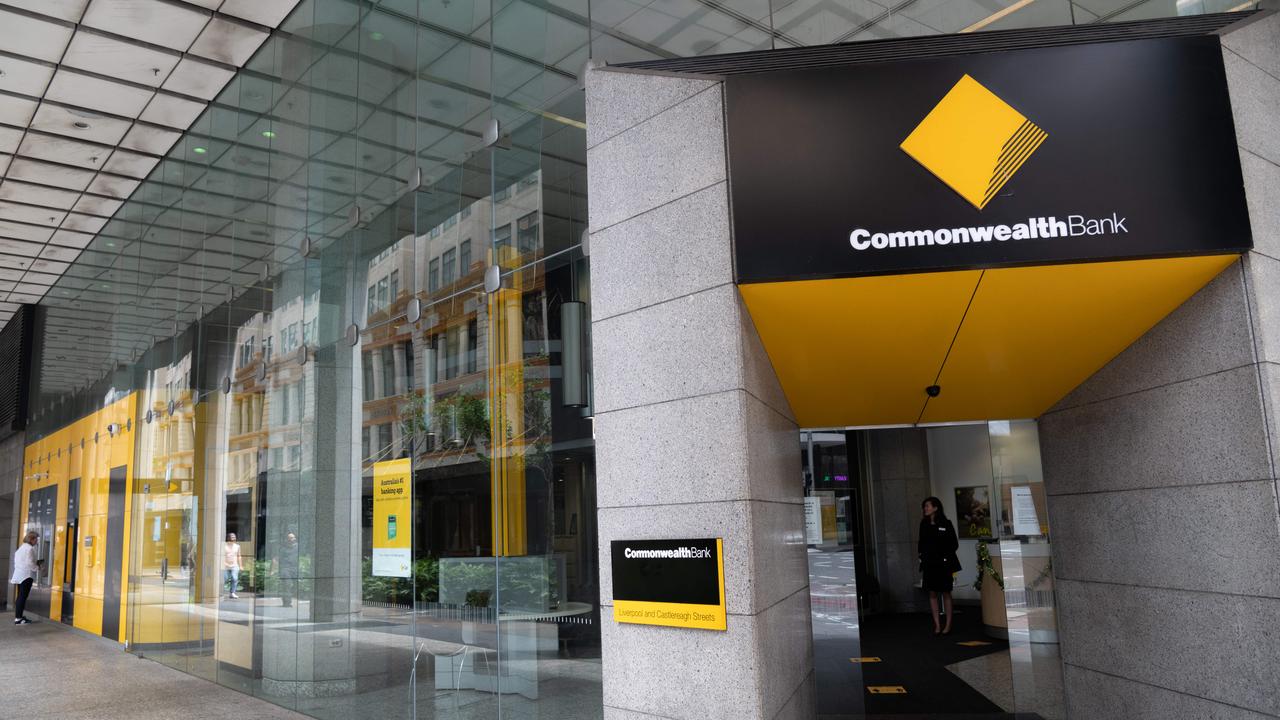
Arguably the best US futures indicator, the US 10-year bond rate, has been telling us the same story for the past 15 months – expect higher inflation and interest rates as a result of the pandemic recovery and American government stimulations.
Some 15 months ago, bond interest rates started their journey from 0.3 per cent to rise above 1.6 per cent causing huge losses in the bond market as prices fell to deliver those higher rates. As was predicted, in recent months the bond market has been taking a breather and trading between 1.5 per cent and 1.6 per cent.
But then the US economy recorded its biggest surge in inflation in nearly 13 years with consumer prices rising in May by 5 per cent over the 2020 levels. In addition, overall prices jumped at a thumping 9.7 per cent annualised rate over the three months ended in May.
The bond bears, believing they had been vindicated, had champagne glasses at the ready as they waited for the bond yield to rise. Instead it fell to 1.428 per cent – its lowest level since March – before recovering marginally.
Why did this happen, and are the new set of bond buyers who are pushing down the yield making a correct long-term call? If they are wrong, they will suffer big losses.
The US has an enormous task in raising money to fund the US deficit, so there was an element of self interest in the Federal Reserve’s weekend message to the market that the May figure was a result of special transitory forces that are not permanent. Inflation will subside.
But, importantly, the bond market is accepting those Federal Reserve conclusions. The bond bears point out that the sharp price rises are concentrated in parts of the economy that last year were depressed by the pandemic including new and used cars, airfares and hotel room rates. Most of these price jumps are seen as temporary.
For example, prices for new vehicles have soared because of a computer-chip shortage that has slashed car production. That will be fixed. The new car shortage boosted prices of used cars. Rental-car prices have soared because many car rental companies sold their fleets when demand slumped and have now returned as big buyers.
As US consumers restart travelling, demand for airline tickets and hotel rooms has jumped, pushing up prices from the low points last year.
The 10-year bond market is telling us that given that there are special forces currently driving inflation, there is now clear doubt that inflation in the longer term will move up sharply. This is also good news for shares because it keeps the lid on rates despite strong economic growth.
Many of the same forces apply to Australia. Retailers have been reluctant to increase prices and the biggest cost rises have been in the building industry where there is a dramatic shortage of skills and materials.
Naturally, the US 10-year bond rate fall has caused those expecting prolonged bad US inflation to have second thoughts. But the underlying forces that drove the bond yield up from 0.3 per cent back in March 2020 remain intact.
We are altering our global supply chains to place much more emphasis on local production. And nowhere is that more prevalent than in the US.
There are chronic skill shortages in both Australia and in the US much of the truly monumental spending by the US government is going into the pockets of Americans not banks.
They are going to spend that money on consumer goods and services. It will require massive improvement in US productivity to stop the looming demand increase from causing shortages and price hikes
It’s true that the US is engaged in a massive program of robot and other automated plant investments while online shopping has lowered the costs in the retail sector.
Other parts of the US are also enjoying much better productivity as the long commutes from home to “place of work” are being reduced by increased home based labour.
But much the stimulation not going to consumers will be spent in the government sector, which will not be an efficient use of capital.
So the bond bulls remain convinced that we will see a lower US dollar and later that will be accompanied by a further rise in the US 10-year bond – probably to around 2 per cent.
If they are right, then that will impact interest rates around the world, including Australia.
But the debate is continuing and previously declared inevitability of higher inflation rates is now clearly being challenged by the fall in the US 10-year bond rate.
Returning to Australia and the Commonwealth Bank’s forecasts are a fascinating peep at what might happen here.
The bank expects a lift in both Australian wages growth and consumer inflation over the next few years boosted by the big deficits of both federal and state governments. The labour costs impact of that spending push is multiplied by the fact that there has been a sudden drop in net overseas migration and households are sitting on an incredible war chest of savings that have been accumulated over the past year.
The bank expects wages to increase by a significant 2.7 per cent by the end of next year. Increasing the inflationary danger, the Reserve Bank of Australia will be sluggish in responding by increasing official rates.
I am always very reluctant to make a call against an indicator as reliable as the US 10-year bond rate. But for what it’s, worth I think the Commonwealth Bank is right and the forces we see in Australia will be even more powerful in the US. Therefore, the current transitory inflationary pressures will be replaced by longer-term forces.







